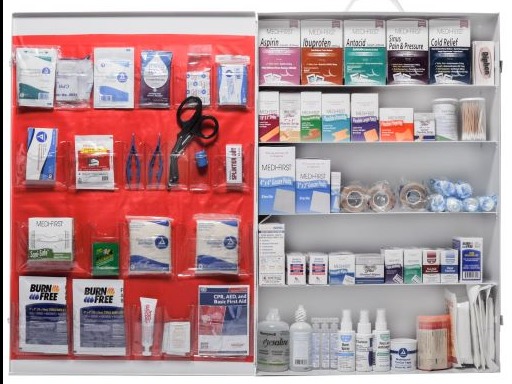What is your Plan?
One of the top violations that are cited as violations during an OSHA inspection is not having an Injury and Illness Prevention Plan (IIPP). Businesses must have one and It must be reviewed / updated as required at least annually.
Some Online Programs and Kits Are Not Enough. Your IIPP should not be a cookie-cutter plan that is fill in the blank. Your IIPP is a statement to your employees and the rest of the world how your company works on a basic level. Regarding an accident, You and more importantly your employees need to understand their assigned duties and all appropriate company procedures to follow during and after an emergency! Take for example an accident that leads to blood loss. Who will control the scene and prevent accidental exposures as a result of someone stepping in the spill or handling equipment that has exposure?

Oh, how the times have changed, and your IIPP needs to reflex that.
Just updating your IIPP from 2019 will no longer work. Due to the Covid outbreaks, you need to have revisions to cover safety procedures in any shared areas and components. Examples would be company vehicles. Let's say your employee has Covid and can not work for the foreseeable future? Do you have a plan to retrieve the vehicle?
You need a plan.
Classification of First Aid Kits
The latest ANSI/ISEA basic introduces two classes of emergency treatment sets: Class A and Class B.
Class A kits are developed to deal with the most typical types of work environment injuries.Class B sets are designed with a wider variety and quantity of products to handle injuries in more complex or high-risk environments.
If you're uncertain what High-Risk environments are? Ask somebody who knows. Take for example any refrigeration walk-in, does your first aid kit have heat packs and hypothermia blankets? It is safer to have a safety professional assess the situation than just guessing.

Frequently Asked Questions
Q: Is a consulting physician required to authorize emergency treatment products on site?
A: No. According to 29 CFR 1910.151, emergency treatment supplies do not require to be approved by a consulting physician. They should, however, be chosen by a person skilled in first aid and educated of the threats discovered in the particular work environment.
Q: Is it needed that first aid packages be frequently examined to make sure that contents are total and up to date?
A: Yes. Emergency treatment sets should be frequently examined to ensure they are full, in good condition which contents that have expiration dates have not expired.
The contents list for the emergency treatment kits need to be occasionally reviewed to ensure that it meets the requirements of the office and risks faced at all times.
Q: Can over-the-counter medicine be put in first aid kits?
A: Over-the-counter medicine can be put in emergency treatment kits if packaged in single-dose, tamper-evident product packaging and identified as required by Food and Drug Administration (FDA) guidelines. Over the counter drug items must not consist of ingredients understood to cause drowsiness.
 Add Row
Add Row  Add
Add 




Write A Comment